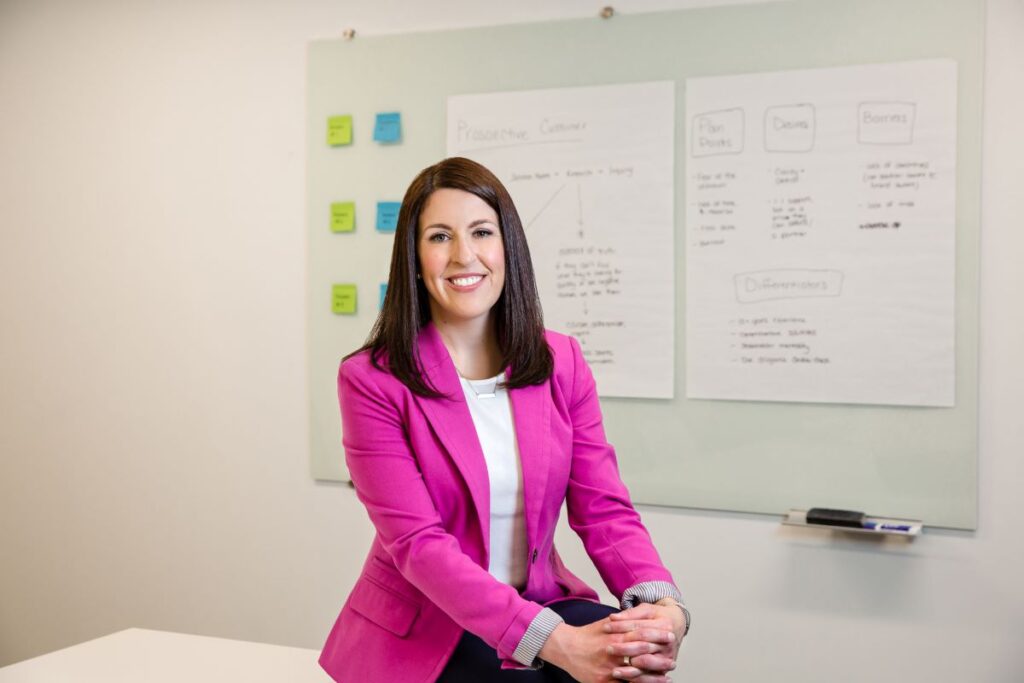3 Ways to Avoid Business Rejection
If you’re rolling out a change to your business or introducing something new to the market, one thing will inevitably happen…
You’ll have a quick, exciting win or two. And then, rejection.
This happened to a client of ours last week. Like so many small businesses, they were trying to be too many things to too many people. They said they wanted to serve one target market but were actually priced for another. So, we got to work on changing prices, adding more value, and developing a new product line. We were feeling pretty good! Nervous about changes (totally common), but pretty good!
Then nearly immediately, this client received an email from a well-known national retailer, who wanted to include them in an upcoming pop-up. Gah, exciting! The client sent them an updated merchandising sheet, and… rejection. It was scary. A dagger to the heart.
So, what happened next? business rejection

A week later, another retailer contacted this client. Of course I can’t use names, but believe me when I tell you: this one was way more exciting. It’s an esteemed brand, whose target client is precisely the clientele we want to reach. This is one of those times that behind the scenes, you want to do the utmost preparation to have the composure and strategy to put your best foot forward.
Here are the 3 steps we took to avoid business rejection and have a fantastic outcome…
1. Set up a phone call. business rejection
There’s not much explanation or wiggle room here. If you can do it in person, bonus points! But email isn’t a substitute.
2. Pre-game for yourself: What’s a successful outcome?
Maybe it’s closing the deal. But maybe it’s something with less pressure and even more value: fact finding about what this person / business is looking for, like testing a new product or taking a temperature check on price changes.
Here’s a tip: frame these conversations as “fact finding” missions. That way, there’s no pressure to make a sale (from either end). You’re simply having a conversation and seeking to understand what someone wants. Who doesn’t want to talk about what they want!? Note: when you’re answering “What’s a successful outcome?” for yourself, prepare a specific, measurable, actionable, and realistic answer. This will help you focus, ask smart questions, and get the most from the conversation.
3. Prepare your open-ended, win-win questions.
Here are some examples I use:
- What are you looking for?
- What does an ideal partnership / relationship look like, from your end?
- What’s your end goal?
- What have you seen in our products / brand that have struck you as attractive?
- We’ve been doing lots of work to analyze our business and customer base, and you are our ideal partner [only if this is true, of course!]. Would it be okay if I share with you what we’re doing and where we’re going, for your reaction?
- If we could do x [referring to something they’ve shared in the first 3 responses], would that have a value of $y to you?
Certainly, share the above sentiments in your own tone and language. Customize it to you, to make it feel as natural as possible. But at the same time, I know that this is scary for many people. I know that it’s anything but natural (these days) to pick up the phone.
But I promise: this is how you’ll get the most important, business-transformative information. It’s how we take theory to market, in the most impactful way. The more you work with business rejection head-on, the more you’ll avoid it in the future.



